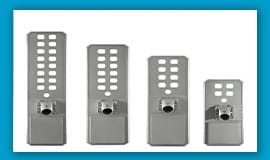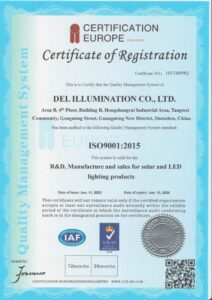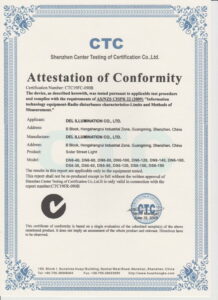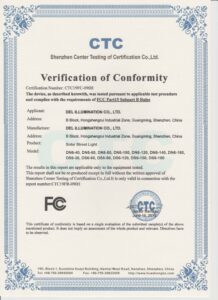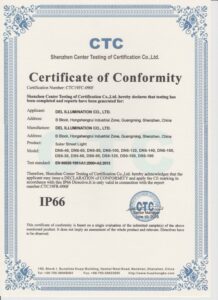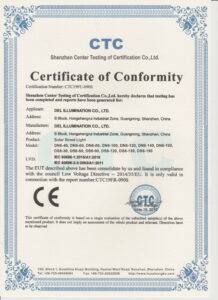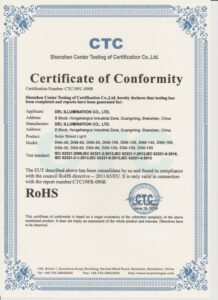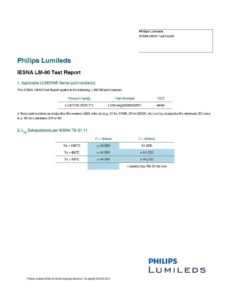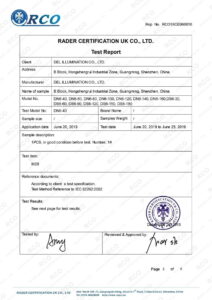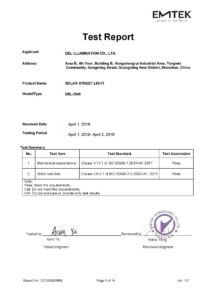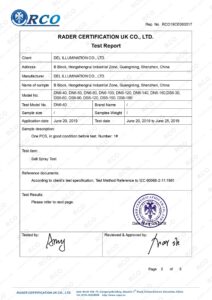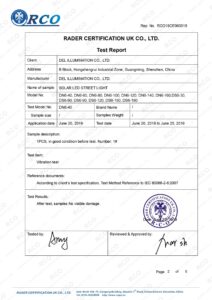Looking for Solar Street Light? Contact Now
Solar Lights
Solar Lights
Solar Lights
Solar street lights
best solar lights for street
solar lights for fence
ALL-IN-ONE
SOLAR STREET LIGHT
MANUFACTURER
Combines solar panel, LED, battery, and controller in one compact unit, eliminating cables and underground storage.
GERMANYALL-IN-TWO
SOLAR STREET LIGHT
MANUFACTURER
Integrates solar panel, LED, battery, and controller into two units, adaptable to different longitudes and latitudes worldwide.
GERMANYALL-IN-ONE
SOLAR STREET LIGHT
MANUFACTURER
Combines solar panel, LED, battery, and controller in one compact unit, eliminating cables and underground storage.
GERMANYALL-IN-TWO
SOLAR STREET LIGHT
MANUFACTURER
Integrates solar panel, LED, battery, and controller into two units, adaptable to different longitudes and latitudes worldwide.
GERMANYALL-IN-ONE
SOLAR STREET LIGHT
MANUFACTURER
Combines solar panel, LED, battery, and controller in one compact unit, eliminating cables and underground storage.
GERMANYALL-IN-TWO
SOLAR STREET LIGHT
MANUFACTURER
Integrates solar panel, LED, battery, and controller into two units, adaptable to different longitudes and latitudes worldwide.
GERMANY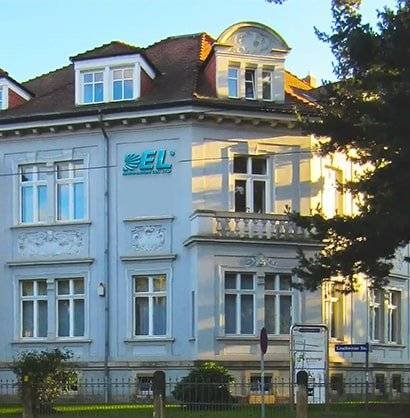

Who we are
SINO-GERMAN JOINT VENTURE
DEL ILLUMINATION CO., LTD. is a Sino-German joint venture and a division of EL Group (Solar, LED, Logistics, Warehouse, etc.), established in 2010 and headquartered in Dresden, Germany. Our company specializes in the design and manufacture of solar street lights. We feature a state-of-the-art research and development center in Dresden, a sales and marketing office in Shenzhen, China, and a 10,000-square-meter manufacturing facility in Dongguan, China.
01. German Team
Our solar LED street lights are expertly designed in Dresden, Germany, in collaboration with the renowned Dresden University of Technology. With over 14 years of experience in the field, we pride ourselves on maintaining the highest standards of European excellence in both our products and services.
Read More
02. Chinese Team
Our team in Shenzhen, China's LED hub, excels in solar street light supply chain management with over 14 years of manufacturing expertise, a robust global logistics network, extensive distribution capabilities, and responsive after-sales service, fully leveraging China's industry strengths.
Read More
WHAT WE OFFER
SOLAR LED STREET LIGHT
All In One Solar Street Light
All In Two Solar Street Light
DIALUX SERVICE
Calculations to determine the lamps quantity to achieve specific lux levels from drawings.
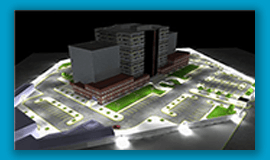
OEM SERVICE
Customize labels, packaging, and branding to reflect your brand identity and local needs

SKD SERVICE
Semi-knocked down products for local assembly, labeled “Made in” the respective country

DESIGN SERVICE
Create unique solar street light designs tailored to your brand’s vision and market needs

Mould Service
In-house mould factory delivering precise custom moulds for solar street lights at competitive prices

Factory Service
Shared factory availability for reliable, cost-effective production of solar street lights in China

Sourcing Service
Expertly source raw materials or finished products tailored to your needs with our expertise

QUALITY CONTROL
our certifications
We understand that quality goes beyond words and images.
Our commitment is demonstrated through trusted third-party laboratory certifications.


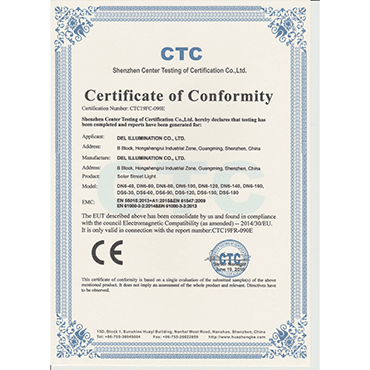

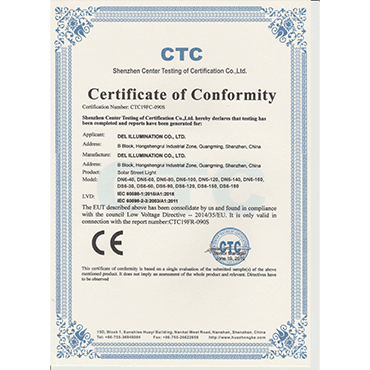

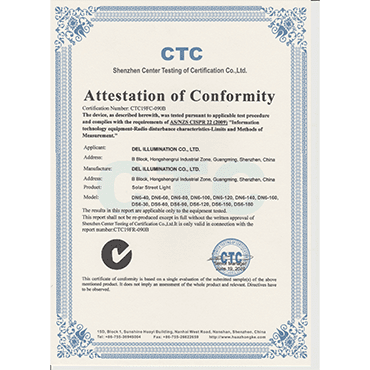

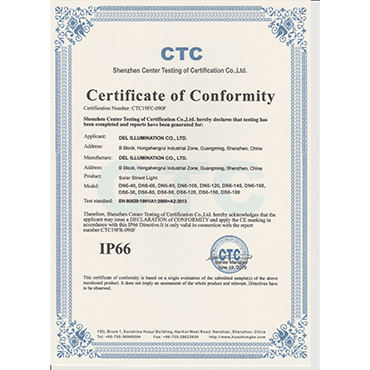

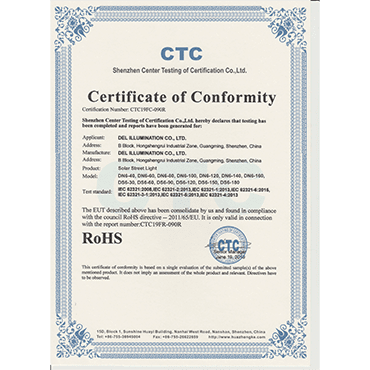

Why Choose Us
A FEW REASONS TO CHOOSE US AS YOUR SOLAR STREET LIGHT MANUFACTURERS
With numerous suppliers in the market, we may not claim to be the best, but we strive to be your best choice among solar street lamp manufacturers in the Germany.
Portfolio
OUR SUCCESSFUL PROJECTS
[ Successful Cases ]
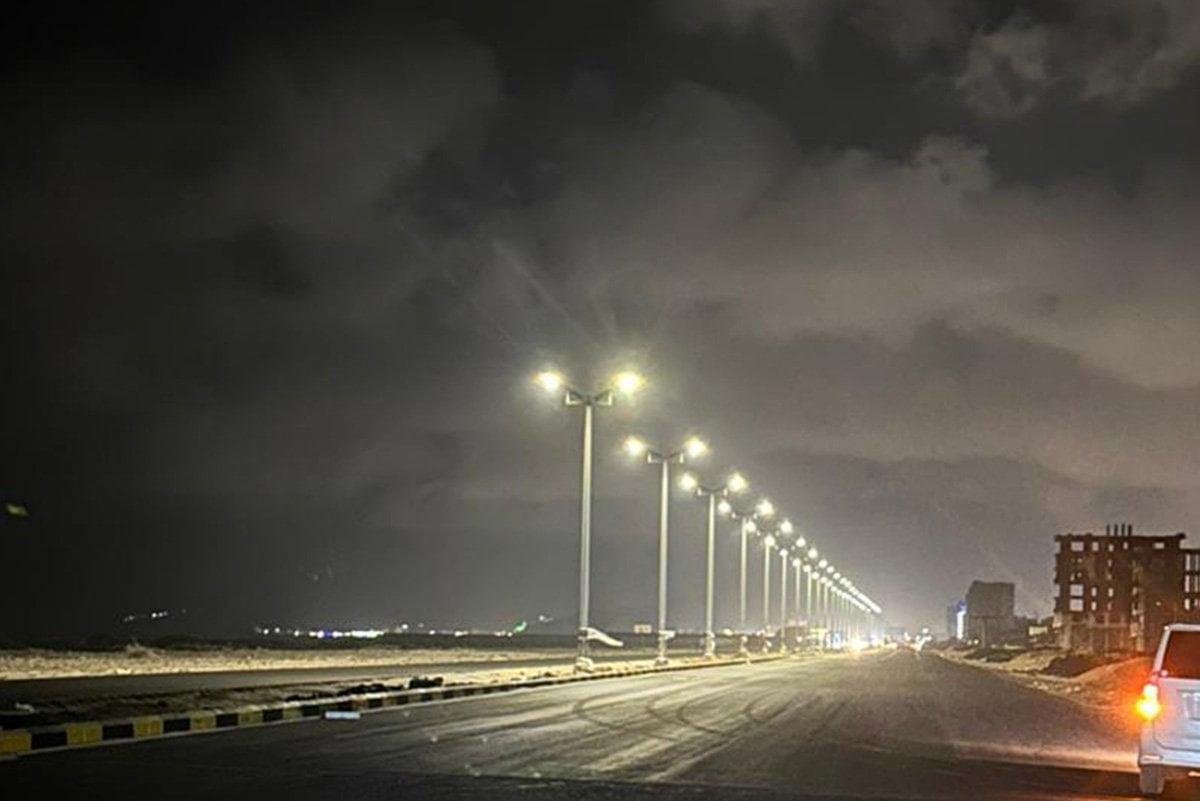
[ Successful Cases ]
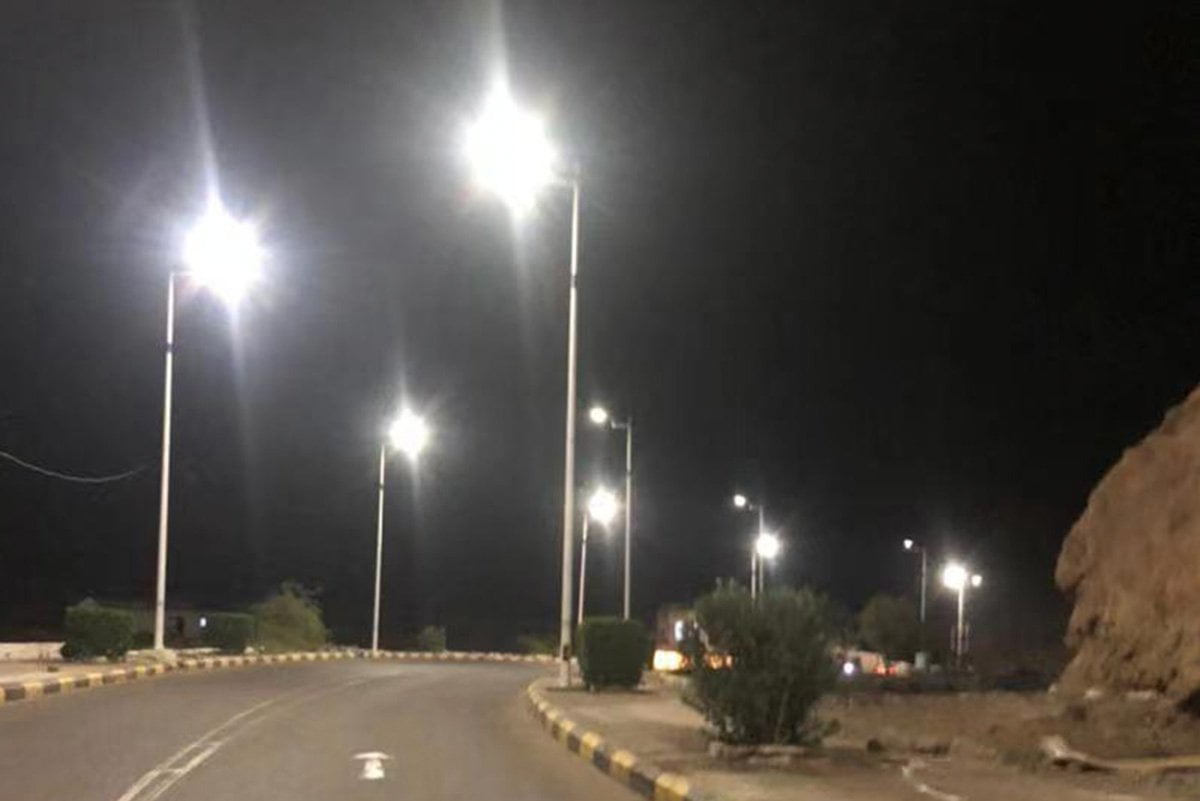
[ Successful Cases ]

[ Successful Cases ]
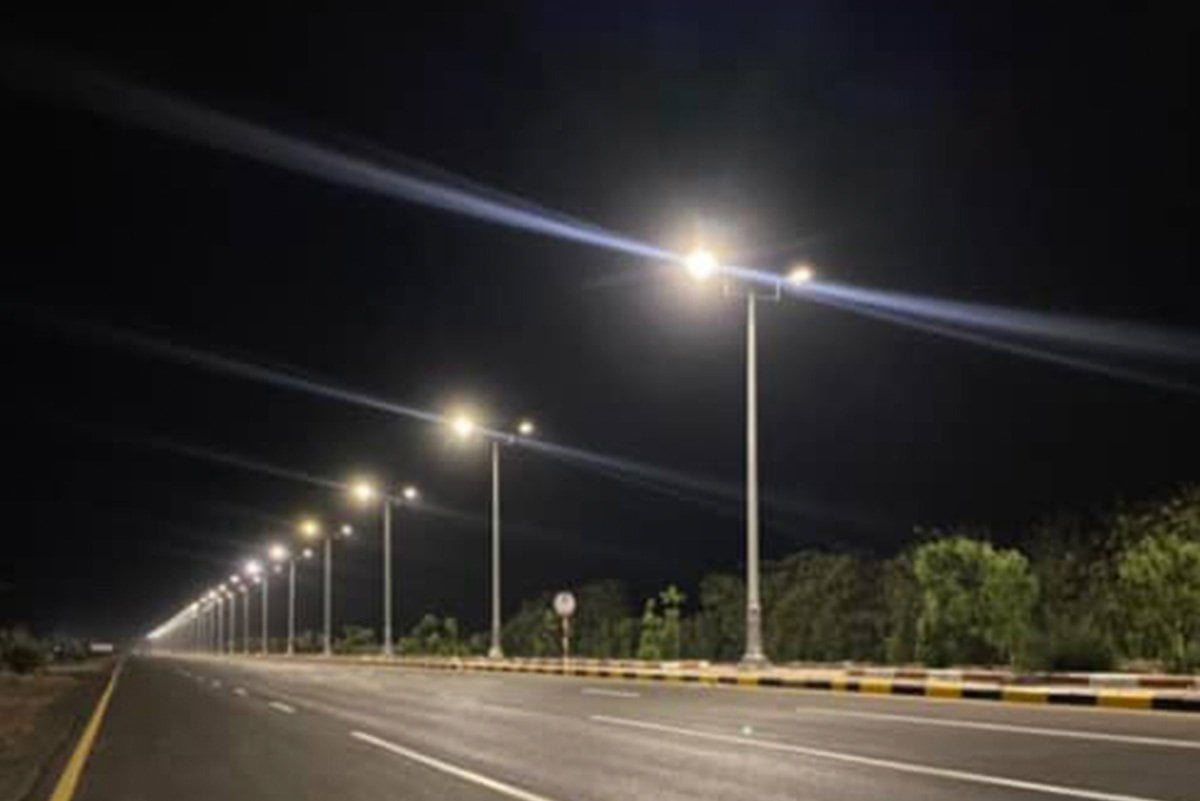
[ Successful Cases ]
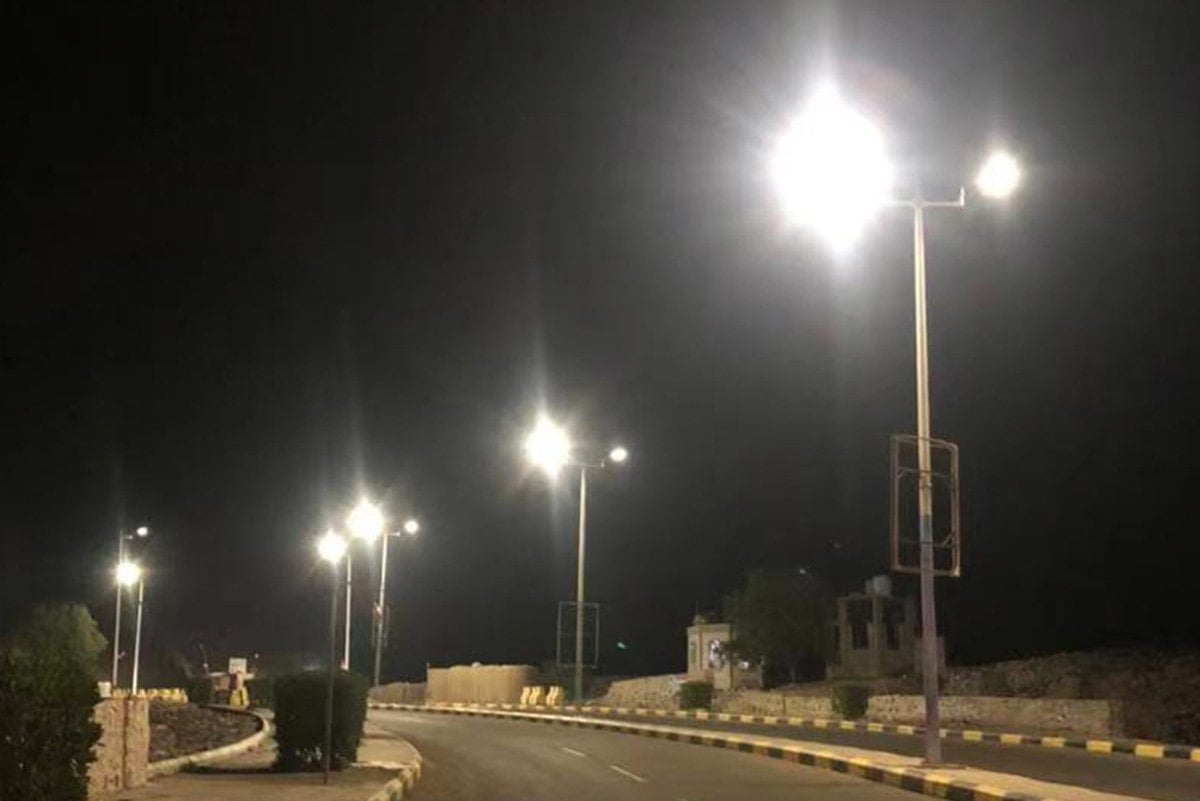
[ Successful Cases ]
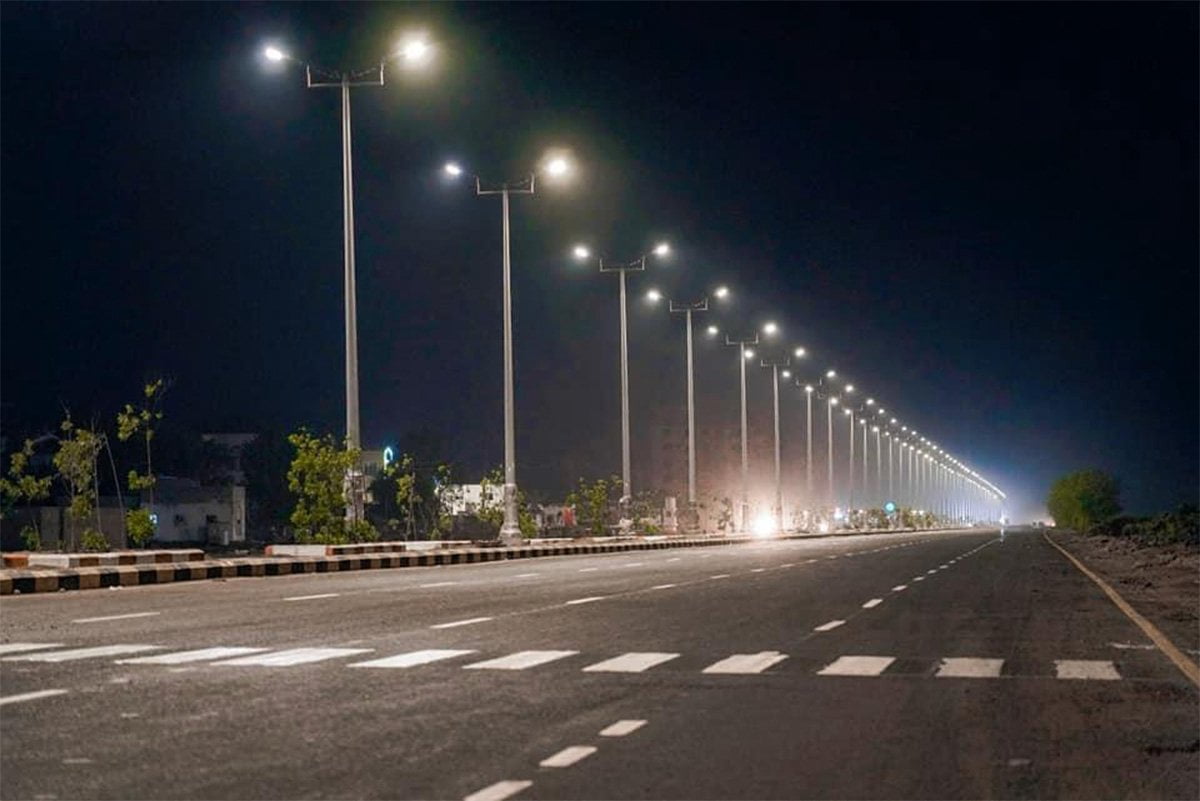
[ Successful Cases ]

[ Successful Cases ]
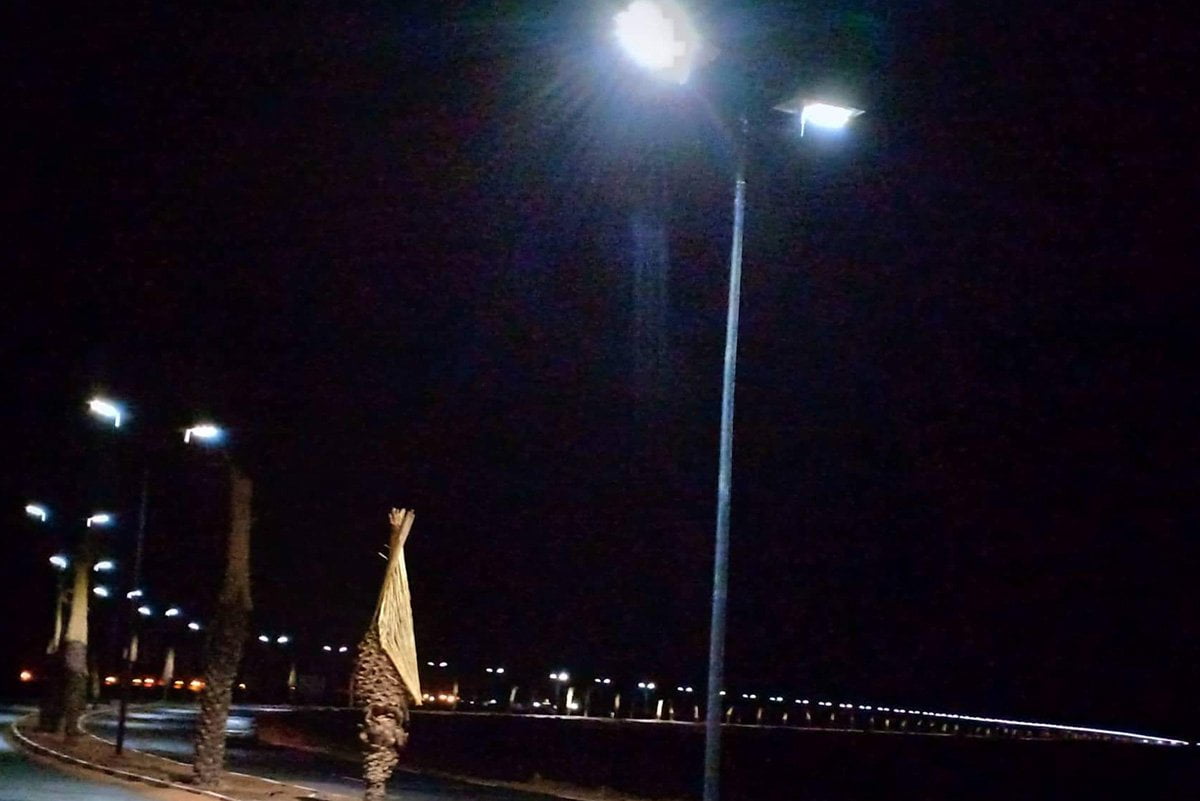
[ Successful Cases ]
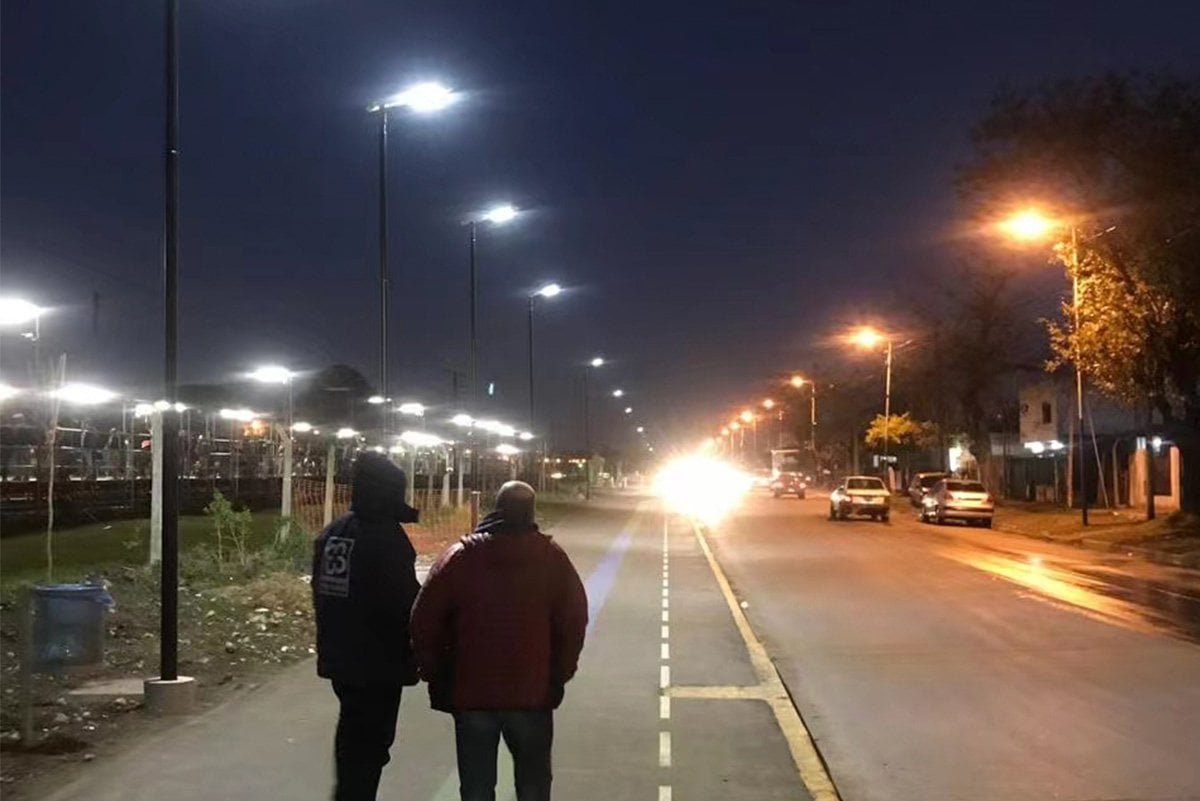
[ Successful Cases ]
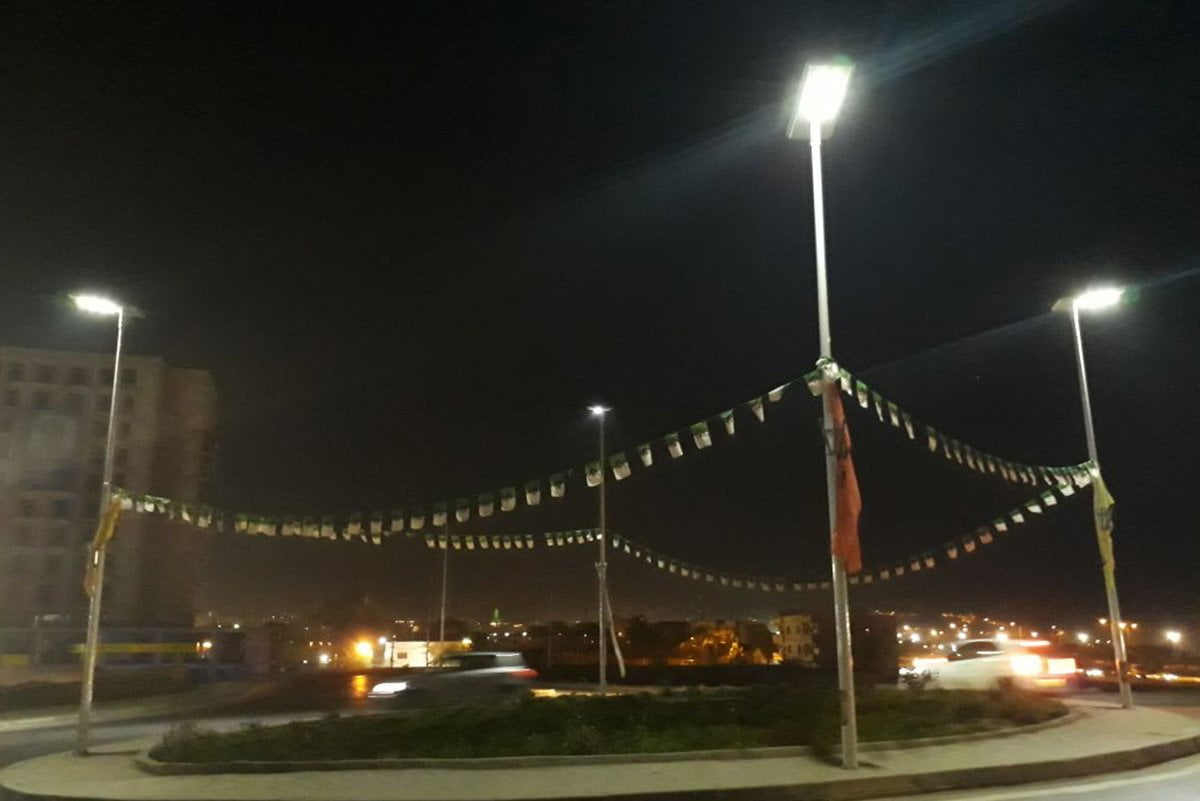
[ Successful Cases ]
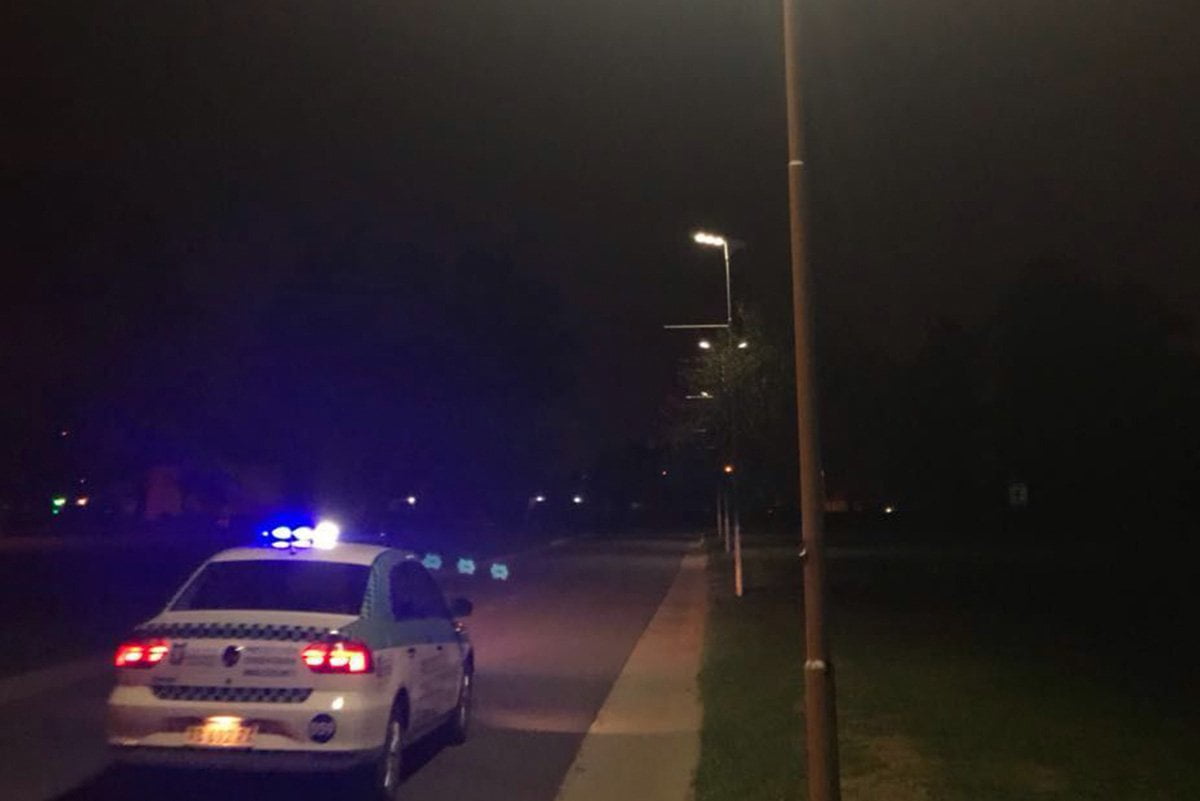
[ Successful Cases ]

[ Successful Cases ]
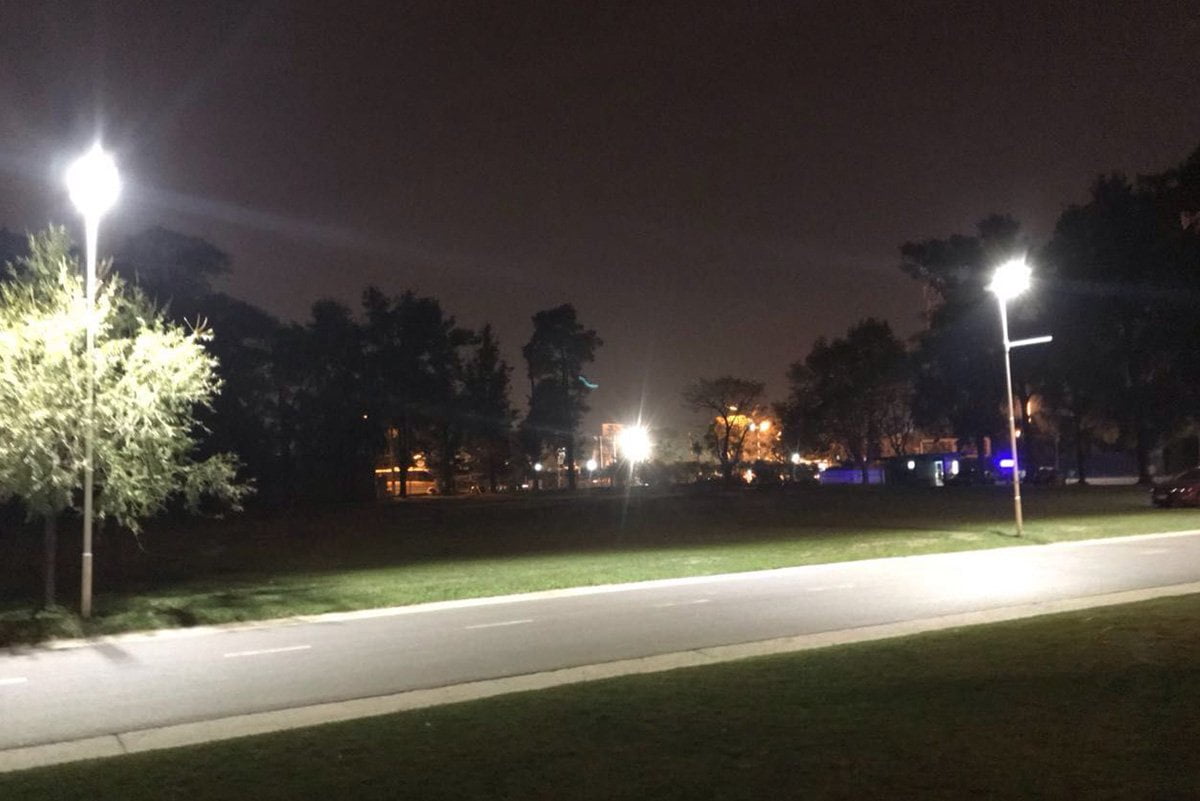
[ Successful Cases ]
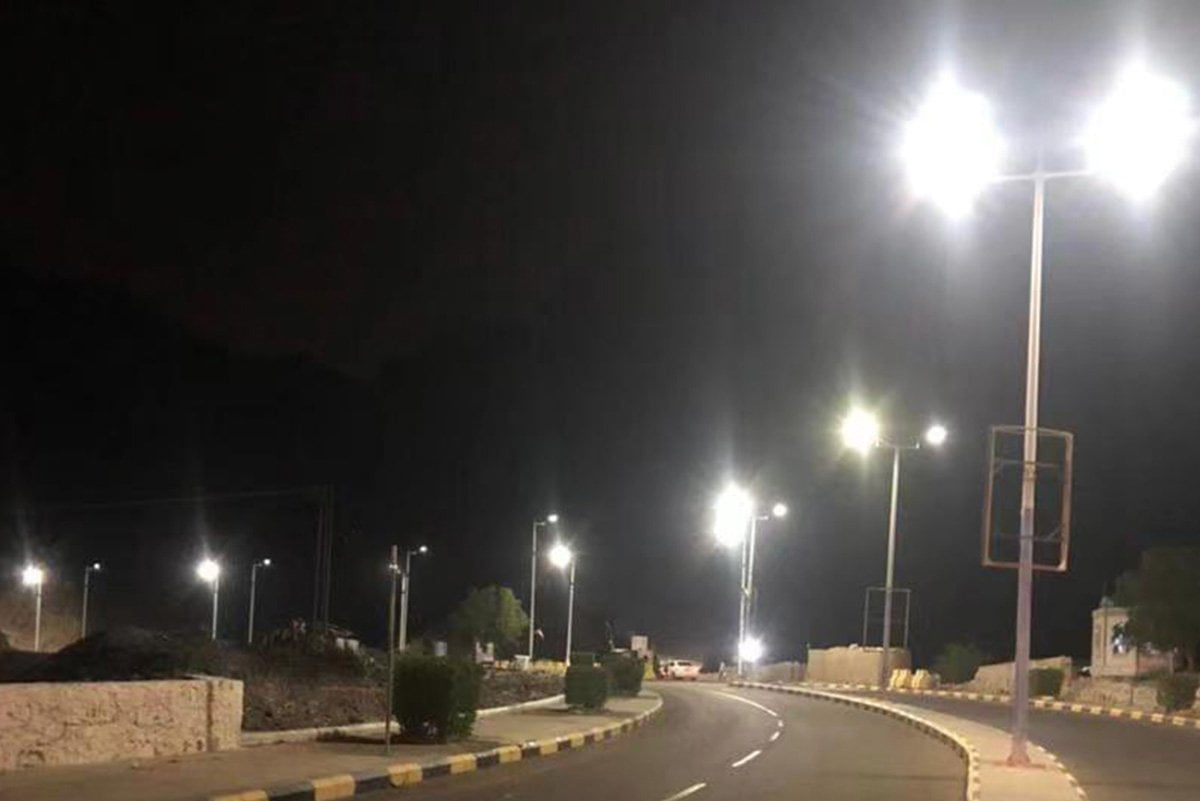
[ Successful Cases ]
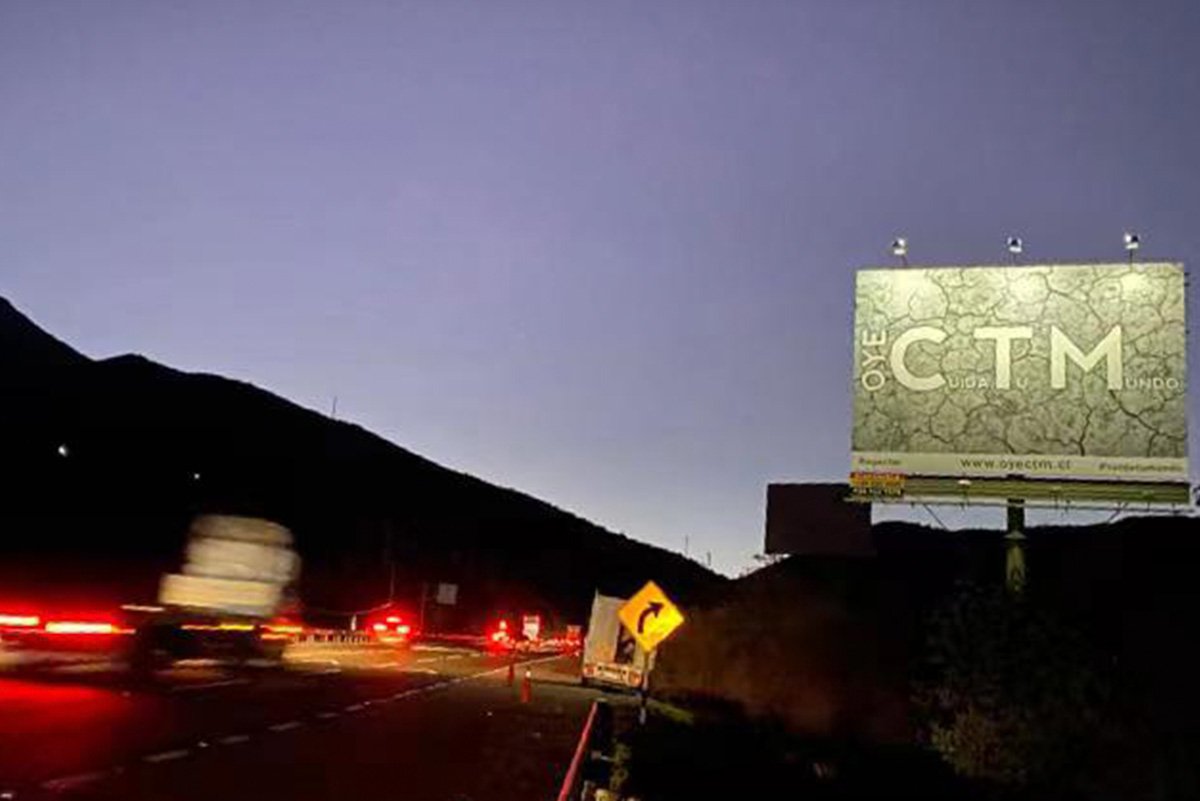
[ Successful Cases ]
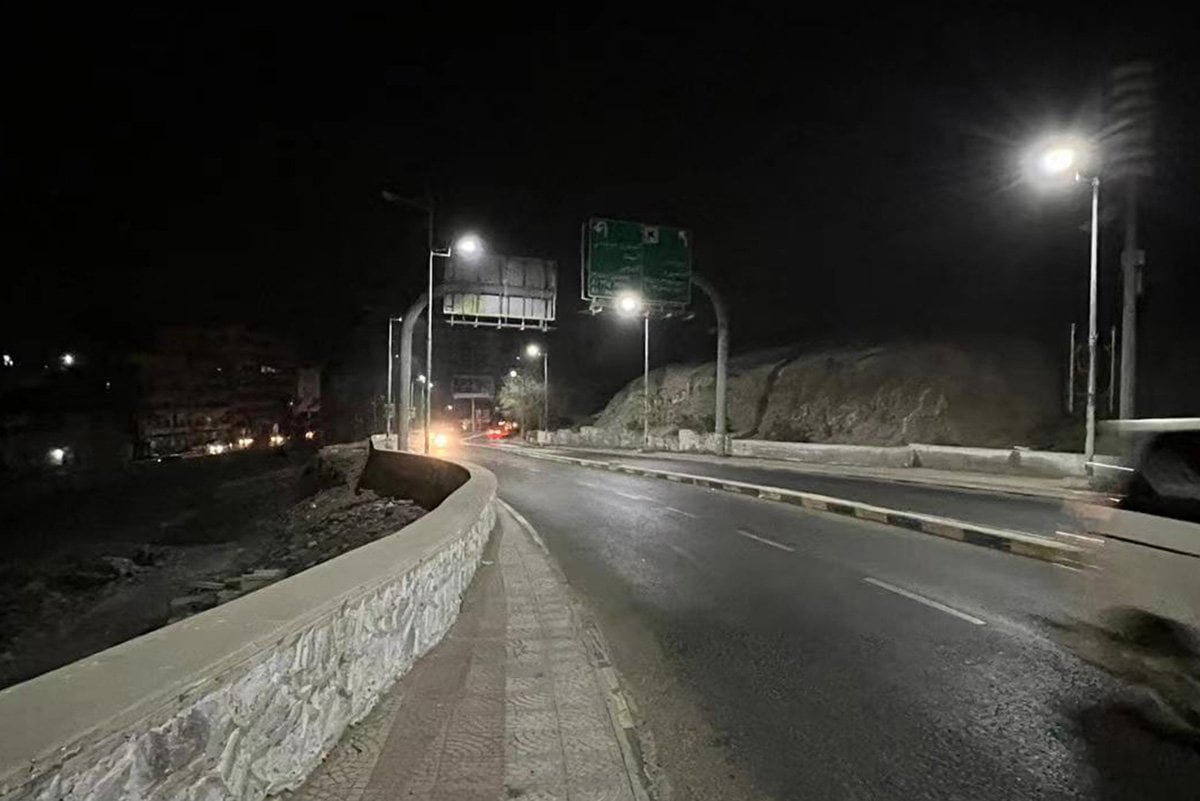
[ Successful Cases ]

[ Successful Cases ]

[ Successful Cases ]

[ Successful Cases ]

[ Successful Cases ]

[ Successful Cases ]

[ Successful Cases ]

[ Successful Cases ]

[ Successful Cases ]

[ Successful Cases ]

[ Successful Cases ]

[ Successful Cases ]

[ Successful Cases ]

[ Successful Cases ]

[ Successful Cases ]

[ Successful Cases ]

COUNTRIES
CLIENTS
PROJECTS
Testimonials
What Our Clients Say

Gregorio Macaraig
PhilippinesThis solar powered street lights works great. I have had it for 1.5 months now and have had no problems with it. I use it as a solar street lighting for my drive way. I use the motion detect setting. Also we had 2 days of rain so it was cloudy out side and this light still came on both nights. I highly recommend this solar panel street lights.


Alaribe
NigeriaI purchased and installed all in March 2022. I set all on “Full Bright-Steady” mode. It is now May 2023, and they are still functioning, staying lit from dusk to dawn. No wires, no hassle, and no power bills. I even referred this product to my friend who bought four for his parking area. His feedback was all worked.


Tondo Darmawan
IndonesiaThis is exactly what it claims to be! Works great, produces a lot of light. Perfect Solar Street Light Manufacturer in China.
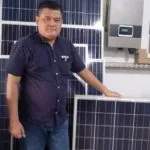

Belhassen ZEMNI
AlgeriaWe finished the installation yesterday despite the bad weather. Then, we waited till sunset to check all the lamps. It was successful. All the solar street lamps were working and the view by night is wonderful. Our lamps makes this area à second “Las Vegas” !


José Liñán
ColombiaAll In One Solar LED Street Light Good product plan to order more. Solved our security problem where we needed some light. Used it for a walking trail where no power or no other light was available.


Pascual
ArgentinaGood product plan to order more. Solved our security problem where we needed some Solar LED Street Light. Used it for a walking trail where no power or no other light was available.


Gregorio Macaraig
PhilippinesThis solar powered street lights works great. I have had it for 1.5 months now and have had no problems with it. I use it as a solar street lighting for my drive way. I use the motion detect setting. Also we had 2 days of rain so it was cloudy out side and this light still came on both nights. I highly recommend this solar panel street lights.


Alaribe
NigeriaI purchased and installed all in March 2022. I set all on “Full Bright-Steady” mode. It is now May 2023, and they are still functioning, staying lit from dusk to dawn. No wires, no hassle, and no power bills. I even referred this product to my friend who bought four for his parking area. His feedback was all worked.


Tondo Darmawan
IndonesiaThis is exactly what it claims to be! Works great, produces a lot of light. Perfect Solar Street Light Manufacturer in China.


Belhassen ZEMNI
AlgeriaWe finished the installation yesterday despite the bad weather. Then, we waited till sunset to check all the lamps. It was successful. All the solar street lamps were working and the view by night is wonderful. Our lamps makes this area à second “Las Vegas” !


José Liñán
ColombiaAll In One Solar LED Street Light Good product plan to order more. Solved our security problem where we needed some light. Used it for a walking trail where no power or no other light was available.


Pascual
ArgentinaGood product plan to order more. Solved our security problem where we needed some Solar LED Street Light. Used it for a walking trail where no power or no other light was available.

Frequently Asked Questions
FAQ
How do your solar light manufacturers ensure the quality and durability of their products?
We ensure the quality and durability of our solar street lights through rigorous testing and quality control processes. Our products are designed with high-quality materials and advanced technology to withstand harsh weather conditions and provide long-lasting performance. We also adhere to international standards and certifications to guarantee the highest level of product excellence.
How do solar powered light manufacturers integrate advanced technology into their products?
We incorporate advanced technology into our solar-powered lights to enhance their efficiency and performance. This includes features such as high-efficiency solar panels, intelligent controllers, and long-lasting batteries.
What distinguishes you as one of top solar street light suppliers in the USA?
We focus on providing renewable energy solutions that offer significant energy savings and environmental benefits. Unlike traditional lighting suppliers, we specialize in solar technology, which eliminates the need for electricity from the grid, reduces energy costs, and promotes sustainability.
How long do solar street lights last, and what is their maintenance schedule?
Our solar street lights are designed to last up to 25 years with minimal maintenance. Regular maintenance includes cleaning the solar panels, checking battery health, and ensuring the LEDs are functioning properly. We provide a detailed maintenance schedule and guidelines to keep the lights operating efficiently.
What kind of installation support do solar street lamp suppliers offer?
As solar street lamp suppliers, we offer comprehensive installation support to ensure the seamless integration of our lighting systems. Our services include site assessment, system design, installation supervision, and post-installation support. We ensure that our clients receive the necessary guidance and assistance throughout the installation process.
How does a solar street light manufacturer address environmental concerns?
We address environmental concerns by producing lights that use renewable solar energy, reducing reliance on fossil fuels and lowering carbon emissions. Our products are designed to be eco-friendly, with recyclable materials and components that minimize environmental impact.
Can solar street lights operate in extreme weather conditions?
Yes, our solar street lights are built to withstand extreme weather conditions, including heavy rain, strong winds, and high or low temperatures. They are rigorously tested to ensure durability and reliable performance in various climates.
What are the advantages of working with a solar street light manufacturer for large-scale projects?
Working with a solar street light manufacturer like DEL ILLUMINATION for large-scale projects offers several advantages, including access to customized lighting solutions, high-quality products, and extensive experience in project management. We provide end-to-end services, from design and manufacturing to installation and maintenance, ensuring the successful implementation of large-scale lighting projects.
GET IN TOUCH
OUR COMPANY
LATEST POSTS
Copyright 2010 – 2025 | DEL ILLUMINATION CO., LTD. | All Rights Reserved |



